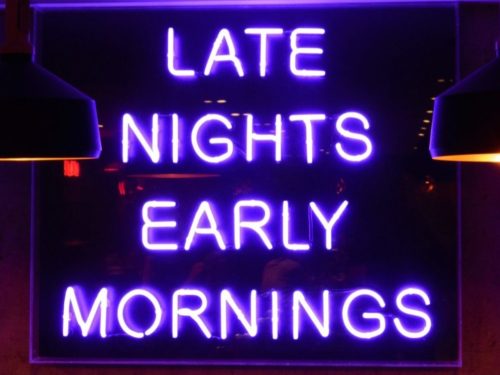
Winning the uterine lottery
Sometimes, you just get lucky in life.
I once heard Warren Buffett attribute his wealth to the “uterine lottery” — the dumb luck of being born in a historical moment when his skills were just right for accumulating wealth. If he had been born in the Middle Ages, he mused, he likely would not have been very successful.
One of the lucky, right-place-right-time aspects of my life is meeting Dr. Kathleen Allen. Kathy was a consultant at the Blandin Foundation when I started there in 2007, and has been a mentor and friend ever since. I was there as she developed the ideas that eventually became her book, Leading from the Roots: Nature Inspired Leadership Lessons.
Those ideas, collectively known as Living Systems Design, are the antidote to our culture’s extractive, top-down cultural norms.
Living systems design
Kathy’s work is part of the biomimicry movement, which looks to Nature as a “mentor, model, and muse.” Much of biomimicry is focused on creating products. For example, studying how mollusks stick to the underside of boats in order to develop a water-resistance adhesive.
Kathy’s innovation is taking this same concept and applying it to ourselves as humans. How can we build organizations, communities, leaders, etc. that are as thriving and resilient as Nature? Kathy refers to her work as Living Systems Design. The principles can be applied to large-scale human systems (like philanthropic programs) to small-scale systems (like individual leadership styles).
Living Systems Design is a powerful alternative to the extractive, top-down norms that are dominant in Western culture. I believe it is THE foundational framework for creating positive change through wise action.
Below is a great introductory piece Kathy created to describe the difference between a Living Systems leadership mindset and a traditional leadership mindset. I encourage you to also check out her handouts on the Characteristics of Living Systems and Living Systems Design Principles.

Our traditional way of leading and thinking has created systemic dysfunction, drama, and trauma…based on consumption–consuming resources, people, and investments–giving little in return and being unsustainable in the long run.
~Dr. Kathleen Allen
Living systems vs traditional mindsets
Living systems: energy and talent are unleashed
- Leadership Question: What can I unleash?
- Flows from the assumption that things are unpredictable.
Traditional: energy and talents are controlled
- Leadership Question: What do I need to control?
- Flows from the assumption that things are predictable.
Living systems: structure connects and integrates
- Leadership Questions: What interactions will make this work? What is the largest possibility in this situation?
- Flows from the assumptions that things are interconnected.
Traditional: structure separates reinforces boundaries
- Leadership Questions: Who can make this work? What are the boundaries?
- Flows from the assumption that things are independent and separated.
Living systems: resistance is welcomed and incorporated as diversity of perspective that enhances quality
- Leadership Question: How do I welcome resistance?
- Flows from the assumptions that opposition is necessary for wholeness.
Traditional: resistance is eliminated, overcome, or shut down
- Leadership Question: How do I avoid resistance?
- Flows from the assumption that opposition splits.
Living systems: organizations are in motion, evolving, learning, and experimenting
- Leadership Question: How do I influence the field?
- Flows from the assumption that things are complex, mutually shaping, and dynamic. A body in motion tends to stay in motion.
Traditional: organizations are stagnant
- Leadership Question: How do I influence individual actions?
- Flows from the assumption that things are simple, static, and self determined. A body at rest tends to stay at rest.
Living systems: change is sustainable & generative; once in place does not require additional resources
- Leadership Question: How do I influence the field?
- Flows from the assumption that things are complex, mutually shaping, and dynamic. A body in motion tends to stay in motion.
Traditional: change requires ongoing consumption of resources to sustain it – regular dredging
- Leadership question: How can I create change?
- Flows from the assumption that things are solid and static.




